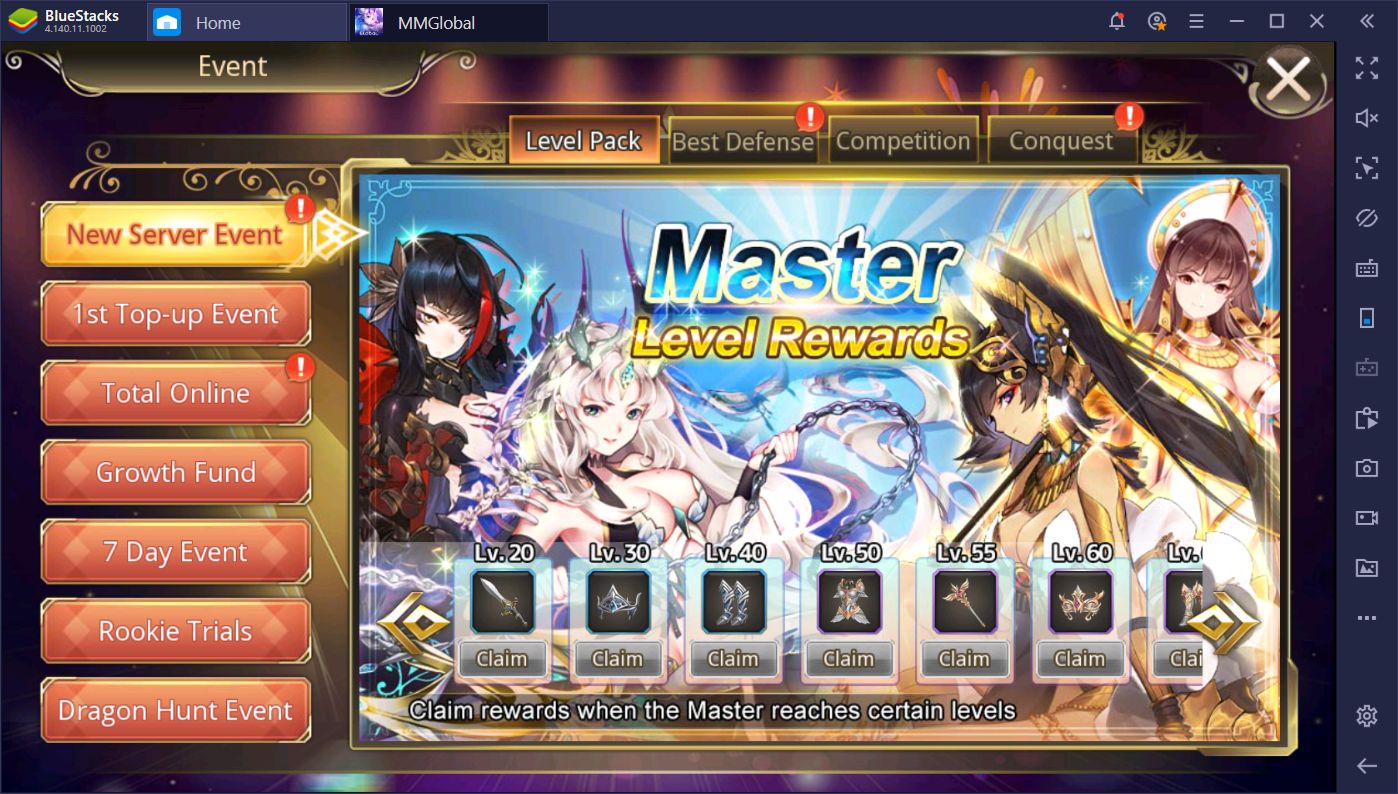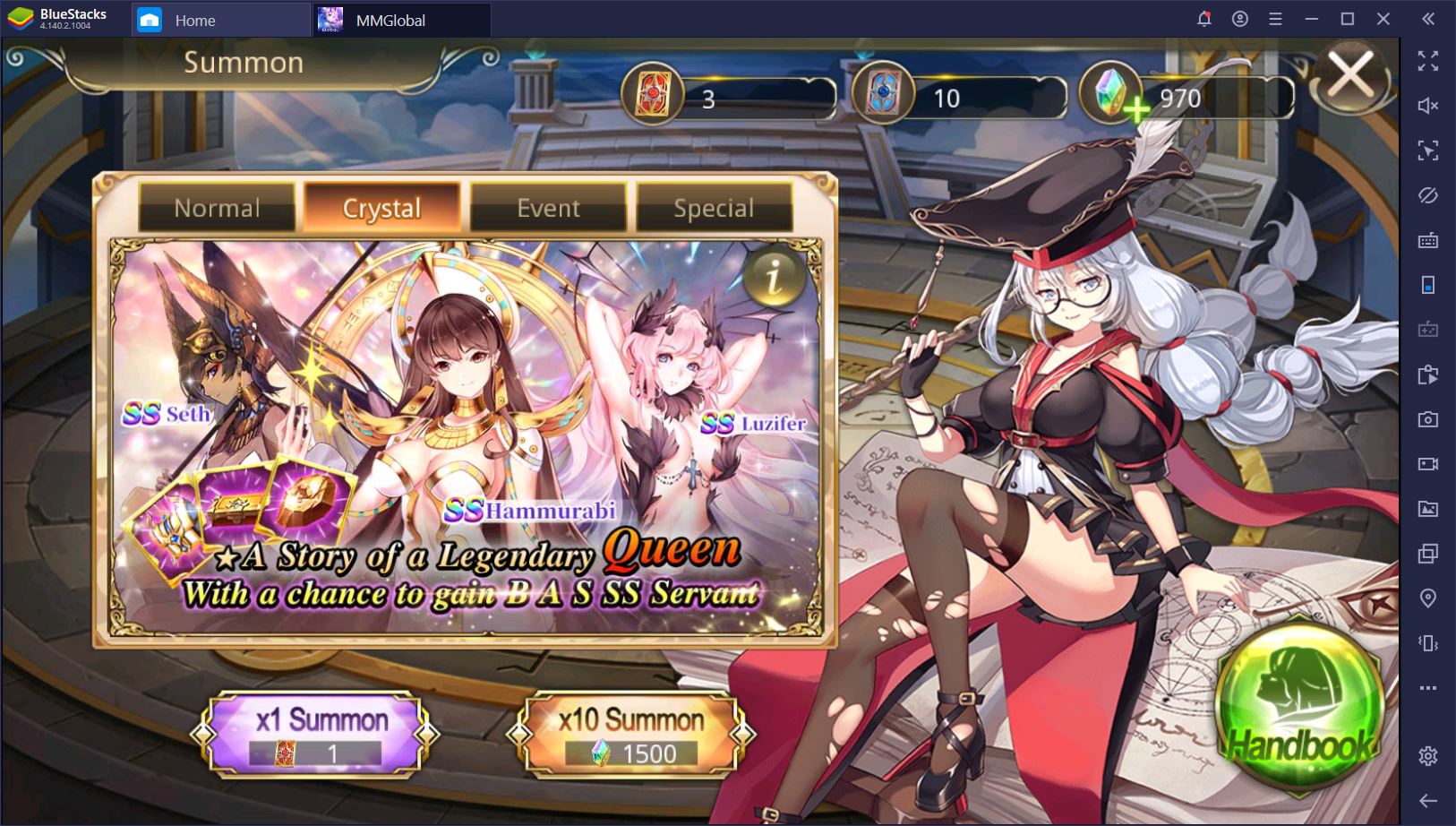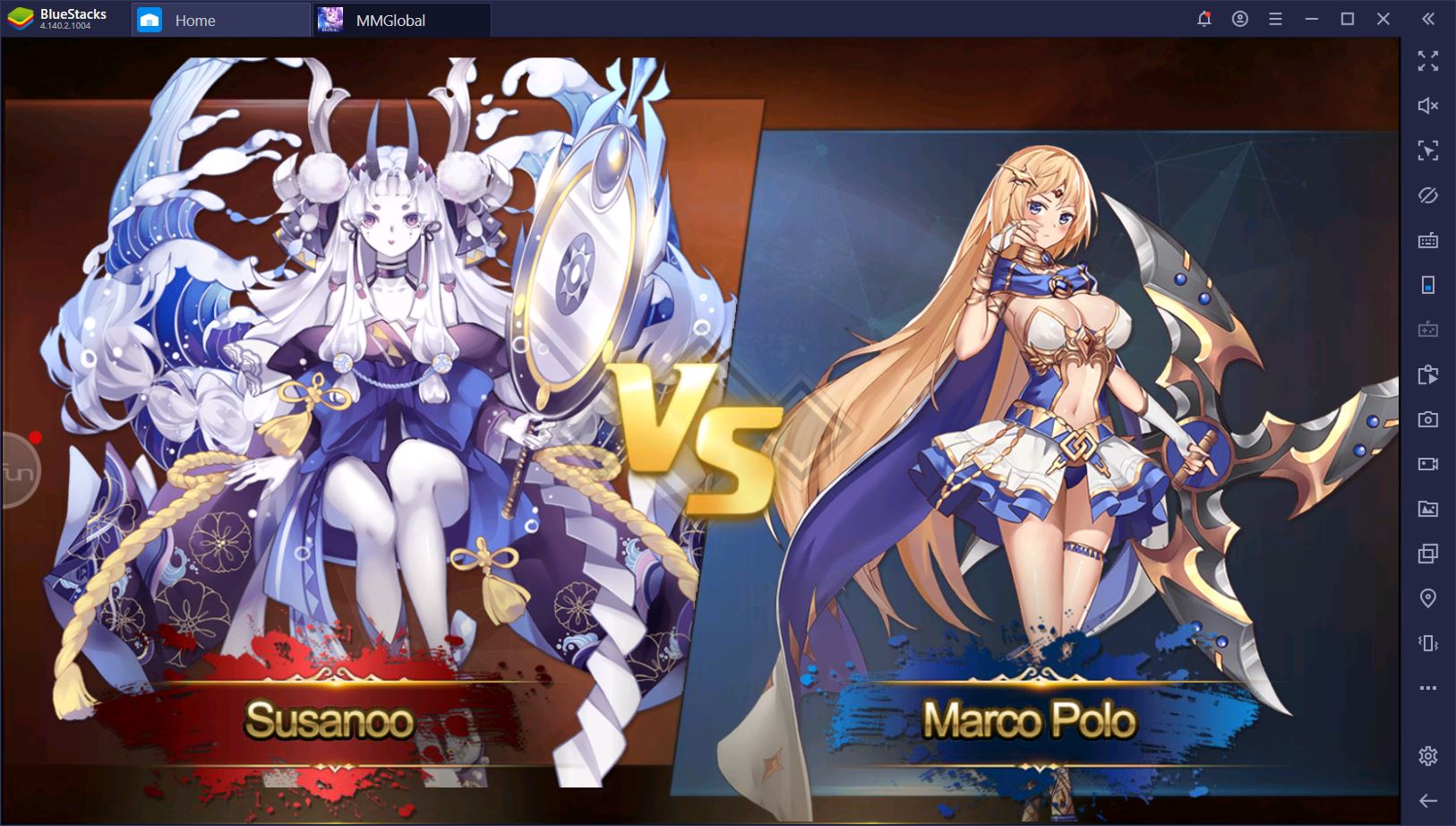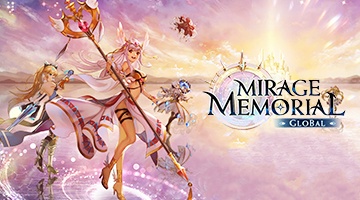Mirage Memorial Global : The Complete Combat Guide
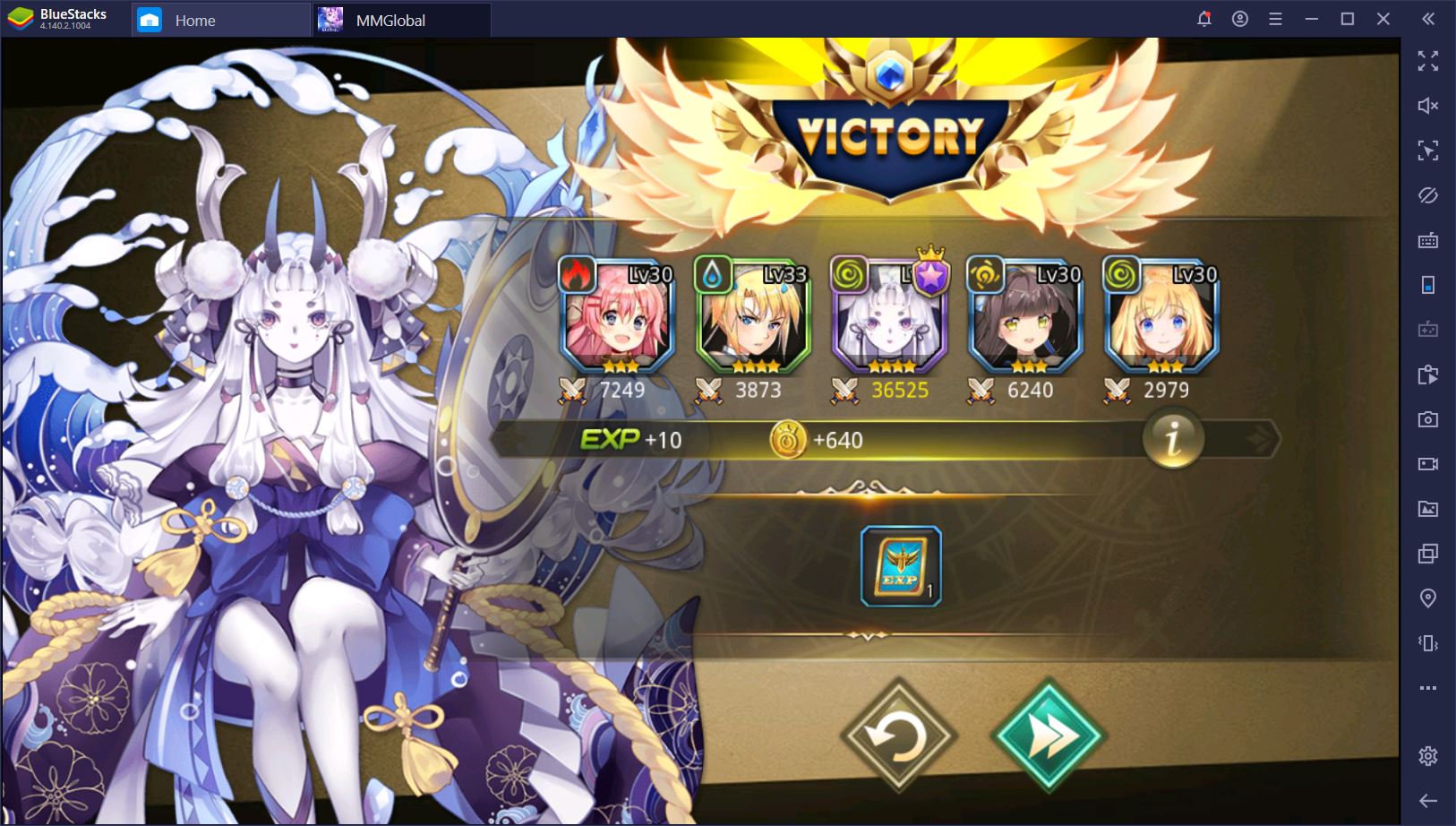
Mirage Memorial Global is great at two things: cute, but very serious characters and exciting combat. We’ve already written a guide to what we believe are currently the best Servants in the game, not so much by the way they look, but by their prowess in battle. Now, we’d like to focus on a different aspect of the game – the combat system.
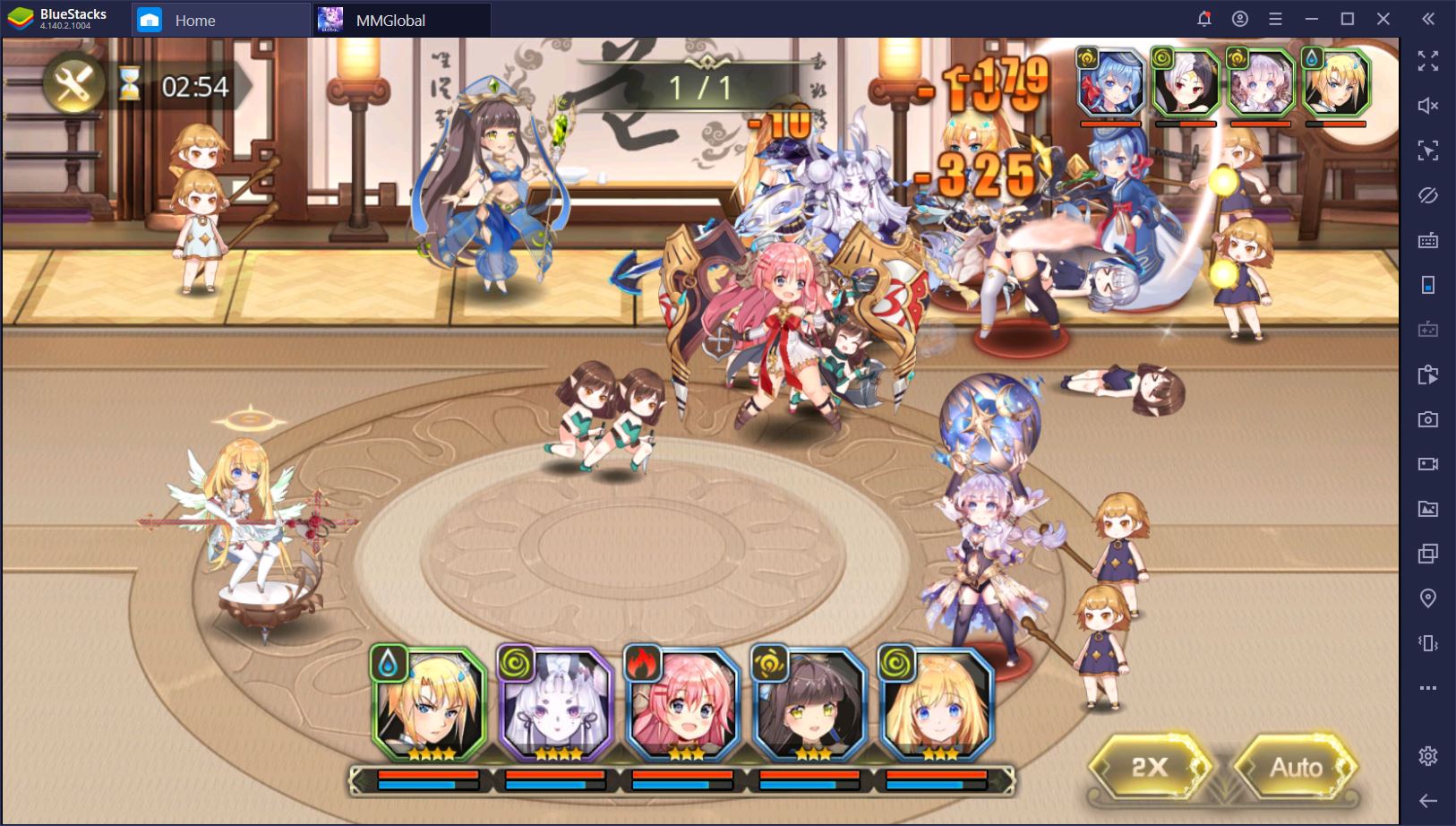
Although there are many things to do in MMG, they all revolve around combat. Whether you fight against other teams, PvE dungeon groups, or world bosses, you have to know how to put together a decent formation and maximize the potential of each Servant. And that’s exactly what we intend to show you below.
Team Composition and Synergies
Like most mobile RPGs, Mirage Memorial Global features 3 main character roles – tank, support, and DPS. With few exceptions, each team should include at least one Servant per role, although the most suitable composition often depends on the challenge itself.
For example, most compositions will feature 1-2 tanks, 1 support, and 2-3 damage dealers. During the first few levels of the campaign, however, you don’t necessarily need a support. You can therefore replace the latter with an extra AoE-focused DPS, which can help you push through more missions at a faster pace. As you advance through the different chapters, this begins to change. Your characters take increasingly more damage and a good healer becomes necessary to keep your team alive while they work their magic.
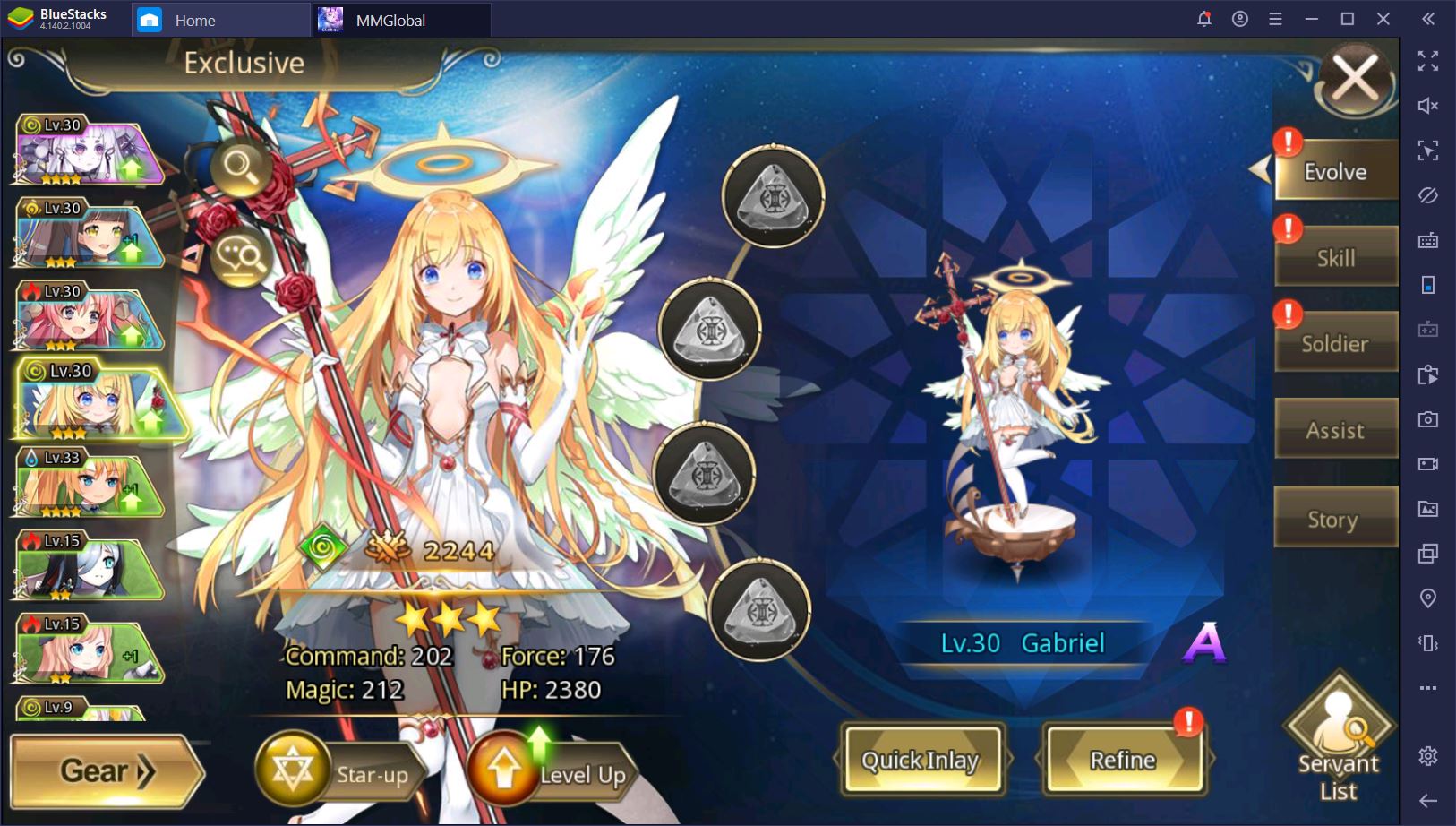
In addition to a role, each Servant also has a specialization or native element. The four elements include Fire, Water, Air, and Light, which interact with one another in specific ways. In MMG, Fire beats Air, Air beats Water, and Water beats Fire, whereas Light is not particularly strong or weak to any of the other elements. In most PvE fights, these specializations will matter little, if at all. Some bosses, however, might give you a particularly hard time if you don’t choose characters with an appropriate element.
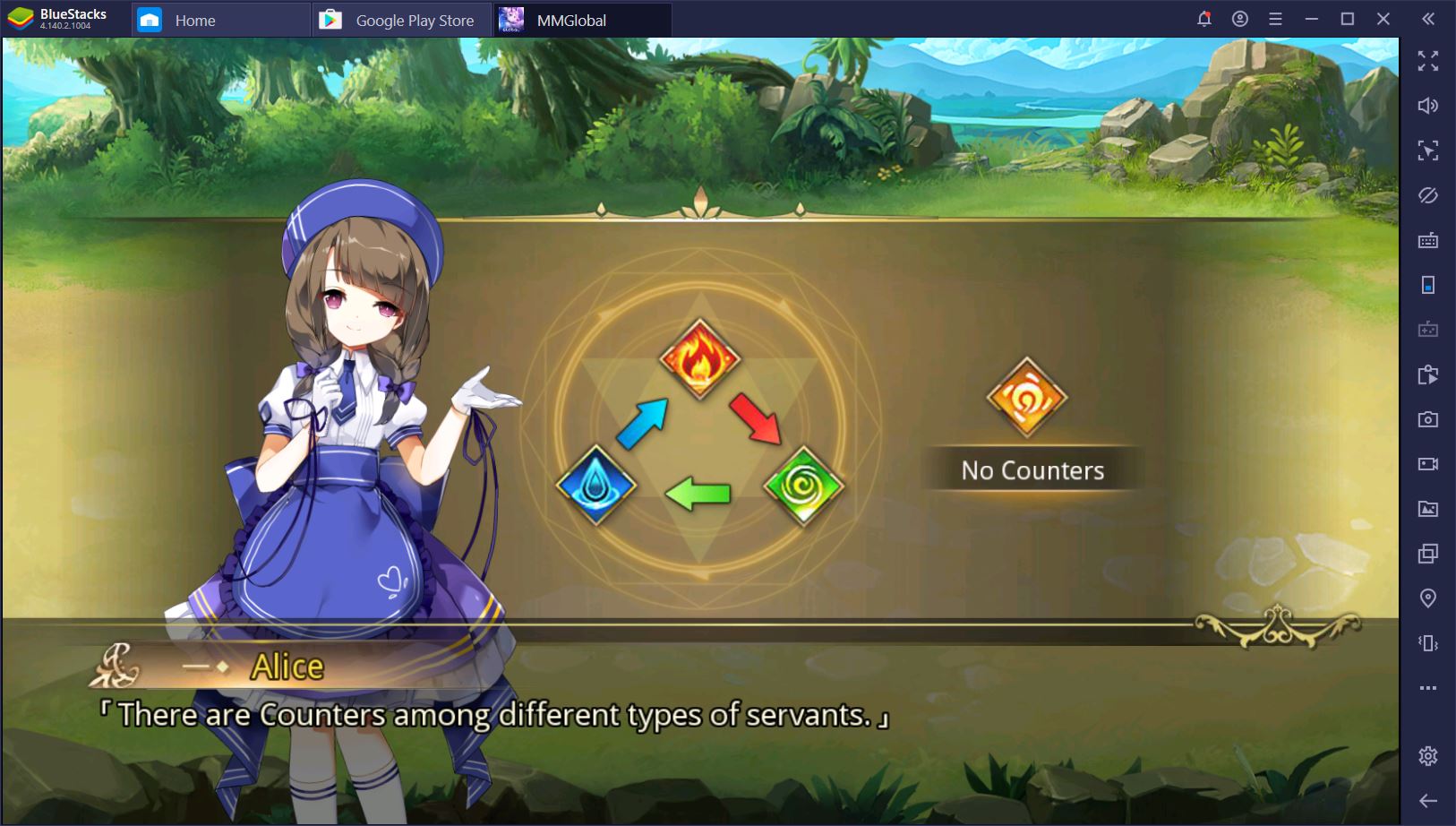
Free Movement in Real-Time Combat
Once a battle begins, the only thing you can control is when your Servants use their ultimates. The way combat works is that members of the two teams run at each other and engage whoever it is that they come into contact with first. Some units have melee-based attacks and thus need to move in close to their targets, while others can shoot from afar.
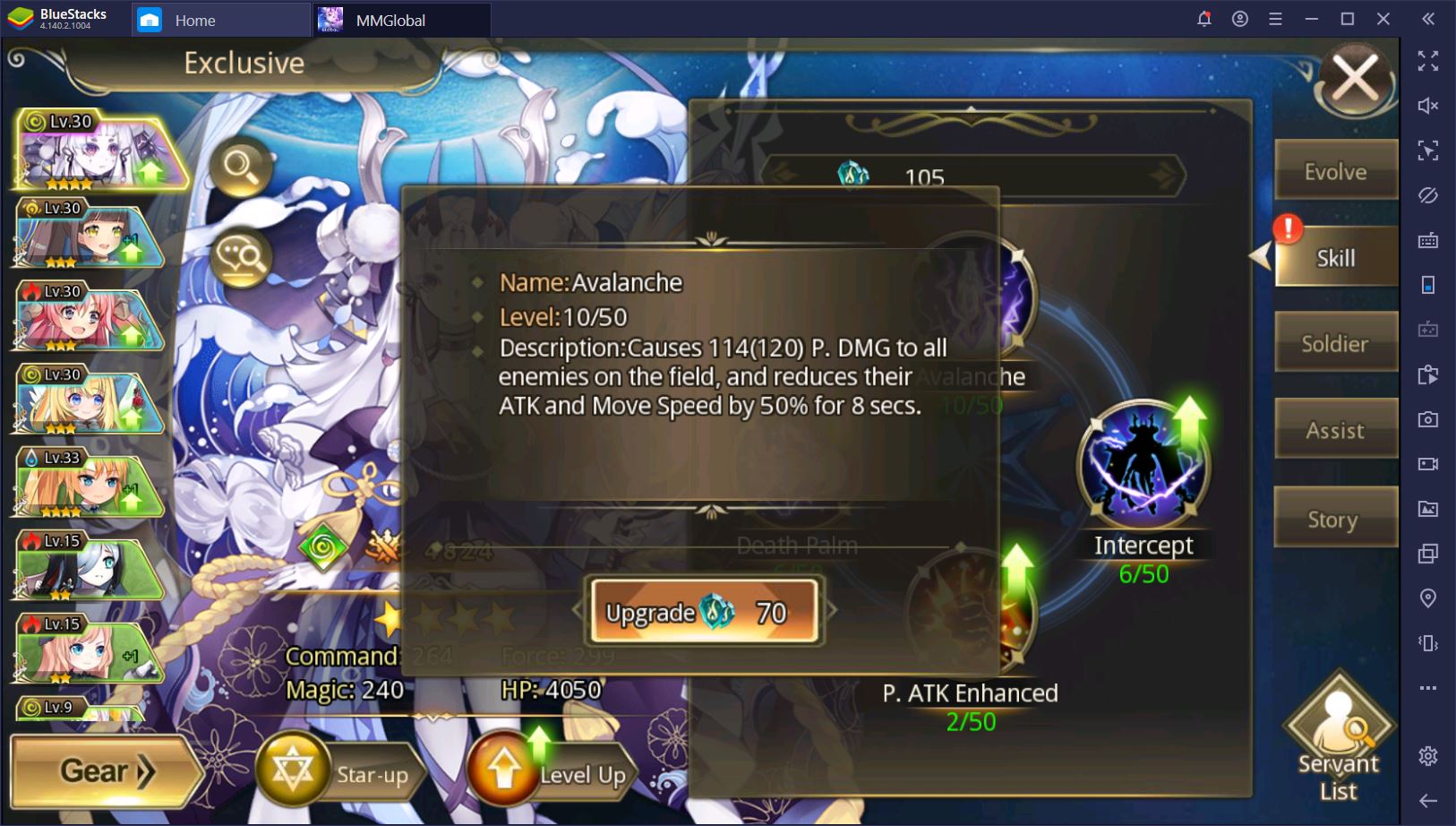
It’s important that you use a combination of both melee and ranged in your party because there is only so much room on the field. If none of your characters can shoot from a distance, they will all rush into the enemy’s front line and some will waste valuable time before they are able to find a suitable position to attack. In addition, you must pay attention to each of your Servant’s abilities and their attack pattern. While some characters have large AoE ultimates, such as Susanoo’s “Avalanche”, most are restricted to more specific areas, usually directed at the front.
Choosing the Right Formation
Speaking of correct positioning, one of the best things you can do to increase your chances of success in a battle is to choose the right formation. You can easily select a formation in the “Lineup” menu prior to a fight, but you should always do so after you’ve evaluated the enemy team displayed on the right side of the screen.
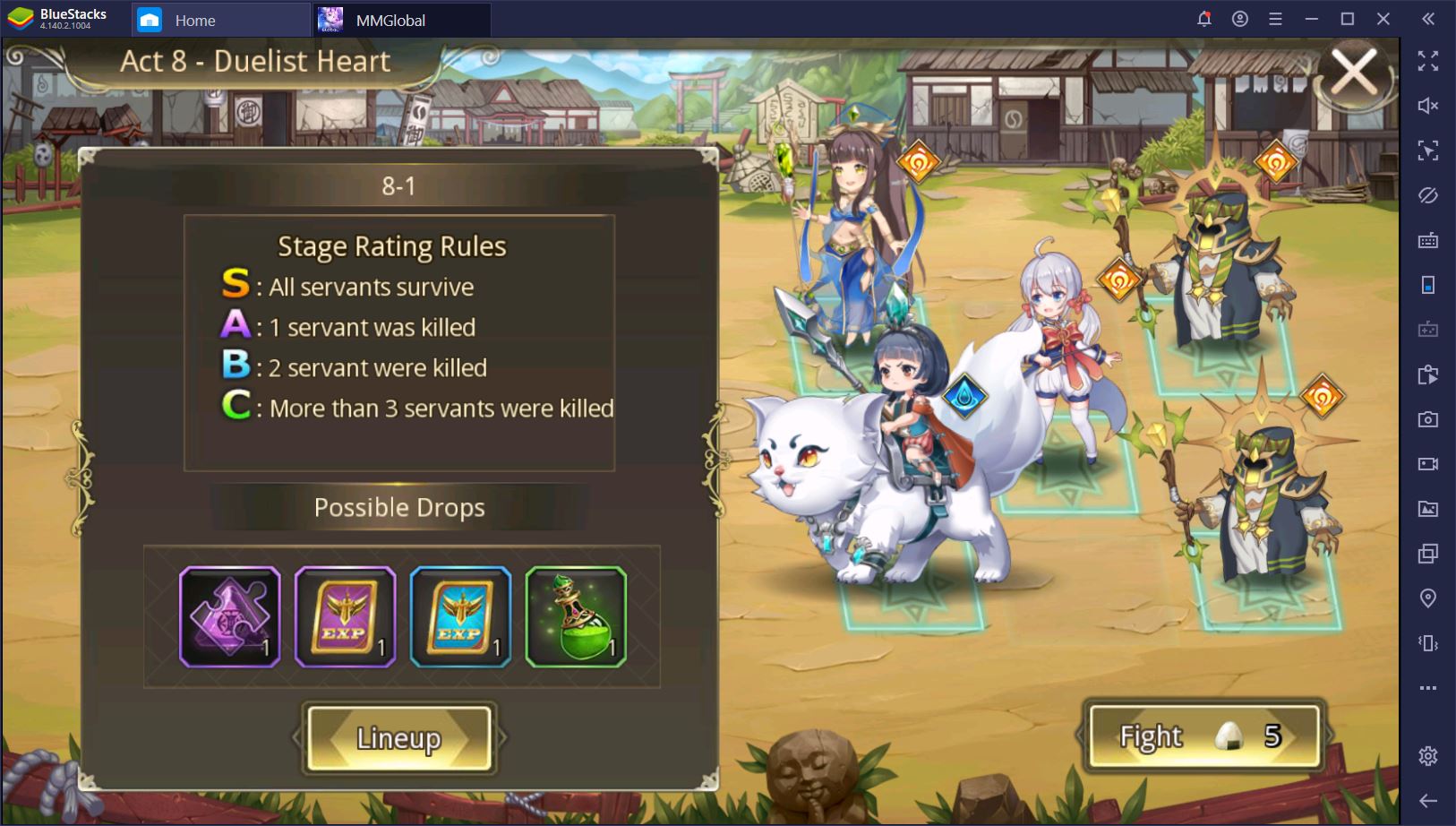
For instance, some boss fights are particularly heavy on single-target damage so your tank might struggle if placed on the frontline alone. A formation that allows you to use three tanks can turn the tides on such a battle, especially if some of your melee DPS are sturdy or have self-healing abilities.
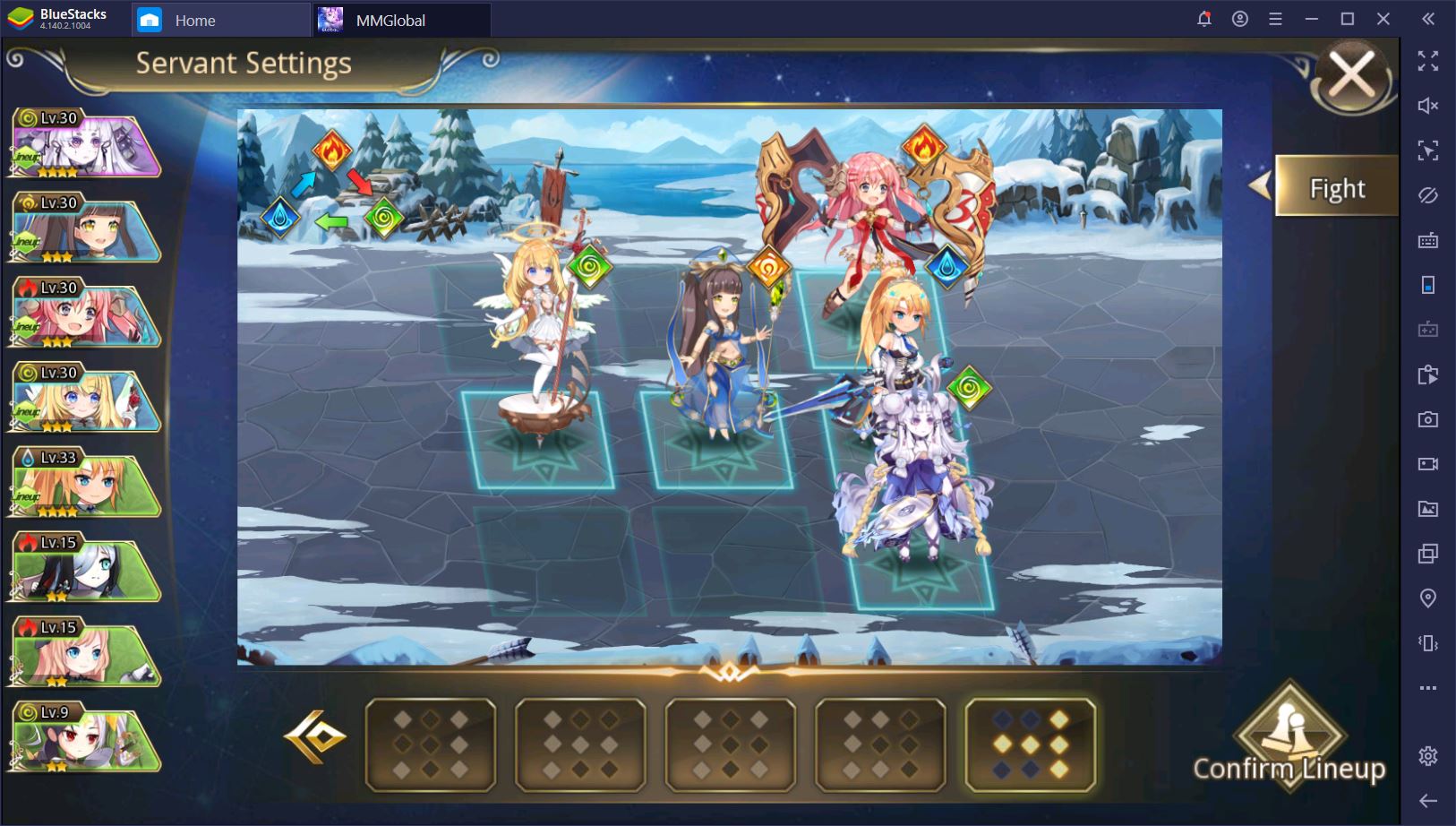
Alternatively, some fights require only a single tank. If you have good long-range damage dealers, you can use a single-tank formation and place all of your DPS and support on the backlines. Just remember that certain enemy heroes can jump straight to your third lane, which can be particularly painful if your squishiest Servants are there on their own.
Auto vs Manual Combat
For the most part of the PvE content in Mirage Memorial Global, the AI can do a decent job while clearing levels on Auto. However, this is only the case so long as your team’s CP is higher than that of the enemy group. As soon as your CP falls behind, you’ll start losing Servants during combat and you’ll no longer be able to achieve S rating on most missions.
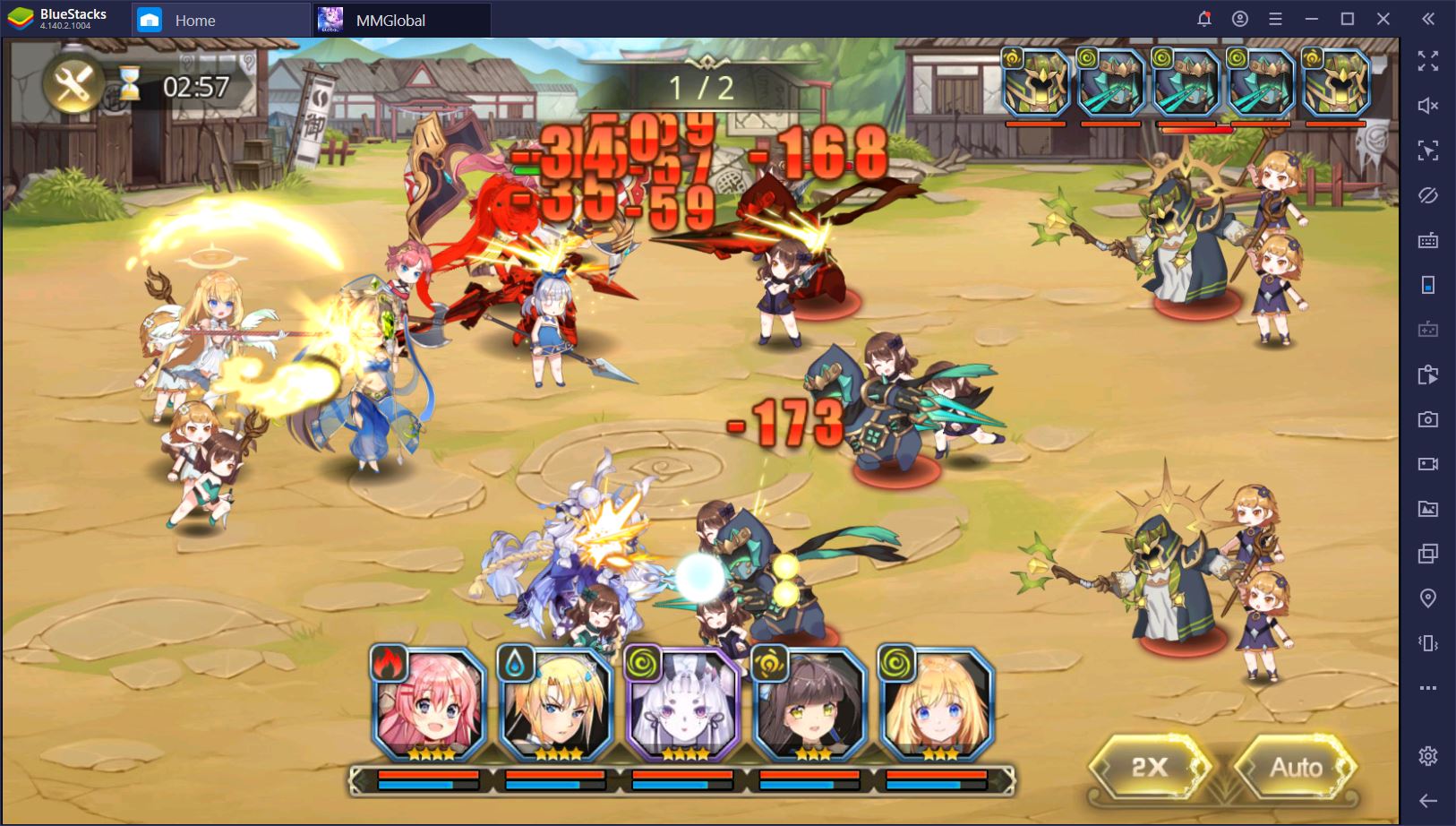
At this point, you have two choices. You can focus on upgrading your core team if you have the Energy to do so or you can take control of the team and try to do better than the AI. The latter solution is not guaranteed to work on all boss fights, but if you time your abilities right, you can take down opponents that are slightly more powerful than you are.
At the end of the day, getting used to manually controlling your servants is necessary in order to clear the rest of the content in this game. For example, your one advantage in Arena battles is that your opponent’s team is AI-controlled, while you can time your abilities just right. Playing Mirage Memorial Global on PC with BlueStacks can make this task even easier. Once you learn how to properly use your Servants, you’ll also be better prepared to tackle world bosses with others and to clear other difficult challenges.

Like with other mobile RPGs, there is a learning curve to Mirage Memorial Global. The game is actually unique enough to stand out from the crowd, which can be both exciting and challenging. You won’t know exactly what to do as soon as you start your first game, but that’s part of the fun. In the meantime, until you accumulate some experience with your team, you can use the info we’ve gathered here to clear your way through most early-game PvE dungeons and get some powerful Servants on your side.


